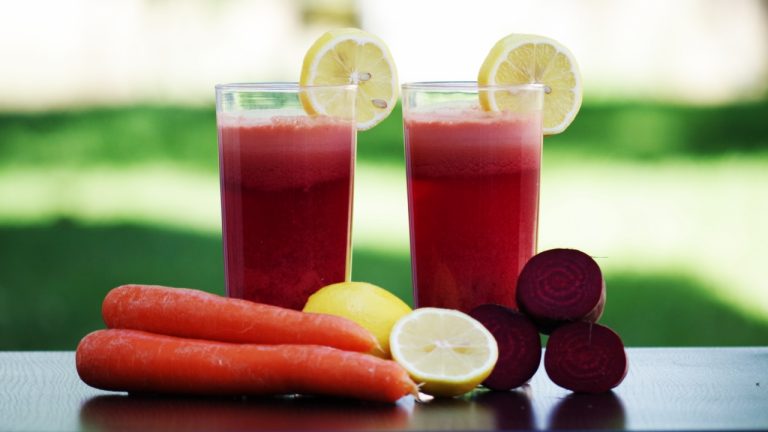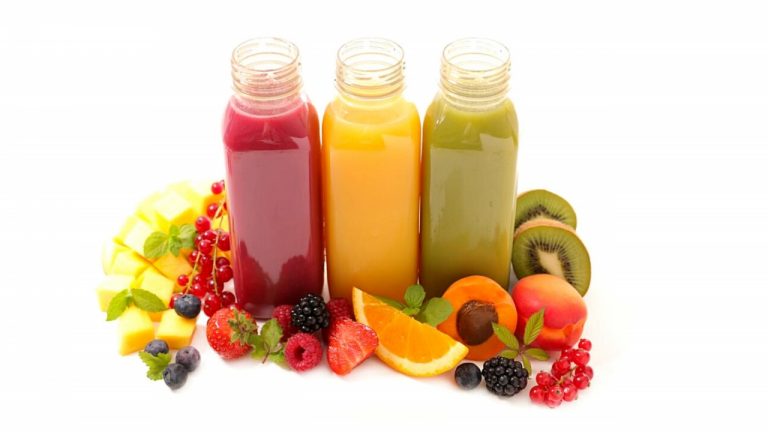Why do Fats/Lipids Undergo Hydrolysis to Break Them Down to Fatty Acids Knowing That They are Considered Hydrophobic in Nature?

Fats and lipids are indeed hydrophobic in nature, which means that they do not dissolve in water. However, the process of hydrolysis, which involves breaking down a molecule by adding water, is still an effective way to break down fats and lipids into their component parts, which are fatty acids and glycerol.
In hydrolysis, water is added to the ester bonds that link the fatty acids to the glycerol backbone in a triglyceride molecule. This reaction results in the breaking of these ester bonds, which releases the fatty acids and glycerol molecules from the triglyceride.
While lipids are hydrophobic, they contain hydrophilic functional groups such as carboxyl and phosphate groups. These groups make it possible for the lipids to interact with water and participate in hydrolysis reactions.
The breakdown of fats and lipids through hydrolysis is important for the body to use them for energy. The fatty acids released during hydrolysis can enter the bloodstream and be transported to cells where they can be oxidized to produce energy.
In summary, while fats and lipids are hydrophobic in nature, they still undergo hydrolysis to break them down into their component parts of fatty acids and glycerol. This process is possible because of the hydrophilic functional groups present in these molecules, which make it possible for them to interact with water and participate in hydrolysis reactions.



